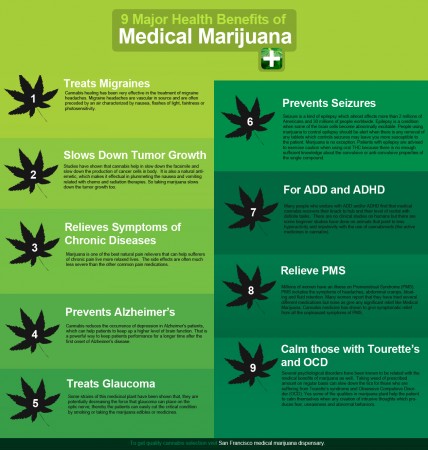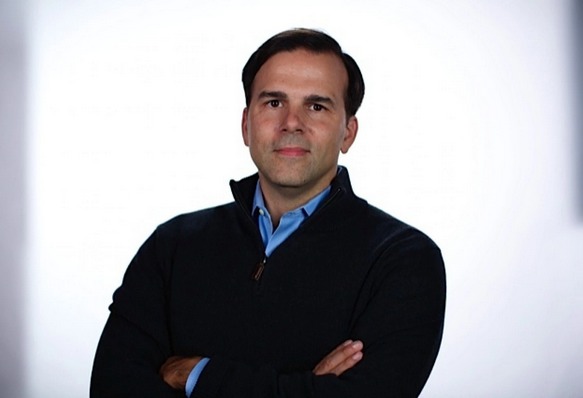Last week, an Oregon cancer doctor named Kenneth Stevens told a legislative committee in Olympia about a former patient named Jeanette Hall. As he recalled it, Hall had been told she had inoperable cancer and resolved to make use of Oregon’s Death With Dignity Act. “This was very much a settled decision,” Stevens told the state Senate’s Law and Justice Committee.
It’s for the Jeanette Halls of the world, or rather of Washington state, that Stevens said he was supporting Senate Bill 5919, which would require doctors treating patients who want to avail themselves of our state’s Death With Dignity Act to inform them about possible cures and treatments. The bill, backed by critics of the original act, subsequently passed out of committee.
The bill seemed to come out of the blue, though the issue had recently garnered national attention. In November, 29-year-old Brittany Maynard ended her own life after being diagnosed with terminal brain cancer. She had actually moved to Oregon to take advantage of the country’s first death-with-dignity law and publicized her decision online—an episode that brought physician-assisted death back into the spotlight.
Maynard inspired a “massive national campaign” for death-with-dignity laws across the country, according to the website of Compassion & Choices, the national organization that supports such laws. The group says an “unprecedented 27 states,” including New York and California, are now considering legislative action. Currently only a handful of states allow physician-assisted death, including Washington, where the practice became law in 2009 after a hard-fought initiative campaign.
Yet despite that controversial campaign and the national attention, Washington’s law has quietly gone forward. The number of people using it has steadily gone up, and now surpasses those utilizing Oregon’s law. In 2013, the latest year for which information is available, 173 Washingtonians were prescribed lethal medication and 119 died after taking it, compared to 122 people who received such medication that year in Oregon and 71 who ingested it.
As in Oregon, though, such deaths in Washington represent a tiny fraction of overall mortality. And, in this state at least, there has been no hue and cry over any particular cases. But could it really be, as the bill facing our legislature now implies, that dying patients are not being told about treatments available to them?
In fact, the story of Jeanette Hall’s near-death—now circulating not only in Washington but in various states as ammunition against death-with-dignity bills—does not suggest as much. Speaking by phone from the tiny town of King City, southwest of Portland, Hall says she was told about treatment from the start. “Jeanette, the only way to beat this is through chemotherapy and radiation,” she says she was told by the doctor who first informed her that she had anal cancer that had spread to her lymph nodes.
Though only 55, she didn’t want to go through with the treatment. She explains that she kept thinking about her aunt, a onetime feisty lawyer for the federal government who underwent grueling cancer treatment and died anyway. “She was slumped over, bald. She couldn’t even talk,” Hall says, describing the last time she saw her aunt. Hall didn’t want to turn into that person.
Still, when Hall’s doctor referred her to Stevens, a cancer radiologist, she agreed. “He didn’t give up,” she says of Stevens. It’s not so much that he provided her with new information about treatment as he persuaded her, forcefully, to go through with it. “Don’t you want to see your son get married?” he asked her. “That one sentence hit home,” she recalls.
Though the treatment proved arduous, causing her to lose her hair and making eating difficult for years afterward, she says she remains grateful to Stevens for convincing her to live.
Can you legislate that kind of approach? Should you? What kinds of conversations are going on—or aren’t—around death-with-dignity laws? These are the real questions that Hall’s story raises.
Helene Starks says that Hall’s experience illustrates how complicated conversations around death and dying can be. A professor of bioethics who works for a University of Washington center devoted to palliative care, she talks about the “movies” people play in their heads related to the way they’ve seen others deal with serious illnesses in the past. These movies may date back decades—Hall’s aunt died in the ’70s—and have little bearing on what patients may go through today. “The world of cancer and treatment is changing all the time,” Starks says.
She knows something about this from personal experience. After being diagnosed with breast cancer, she says she was surprised to learn that chemotherapy would not necessarily make her throw up all the time—or, as proved to be the case, at all.
But, she says, we won’t know what people are afraid of if we don’t ask. That conversation is different than a rote “checklist” that goes through the various treatment options. It may start with questions like “Tell me about yourself? What’s important to you? Are there things in the world you feel really strongly that you want to accomplish?”
Doctors will invariably bring the conversation around to treatment, but Starks says there’s a world of difference between dryly laying out the options and saying something like “Look, lady, you should try this, really. I’m going to walk with you every step of the way. I’m not going to abandon you.” She is skeptical as to whether you can legislate this type of conversation, seeing training as a more obvious approach.
Regardless, she says, there are these open questions: “How much do we want to push people, and what do we do when we get an answer we don’t like?” She mentions a friend of hers who has leukemia. Deemed eligible for a bone-marrow transplant, she turned it down—a decision Starks says her friend’s doctor initially couldn’t understand. Her friend decided that the ongoing complications would be too onerous, and she preferred living hard as long as she could and then dying. In this case, Starks says, the doctor did ask why, and came to accept her friend’s decision.
One local institution that has a great deal of experience with conversations about mortality is the Seattle Cancer Care Alliance, which incorporates doctors from the Fred Hutchison Cancer Research Center, UW Medicine, and Seattle Children’s. Anthony Back, an Alliance oncologist who writes about the communication between patients and doctors, says a lot of people ask about the Death With Dignity Act.
“The most important thing about the conversation,” he says, is to ask “why are they thinking about it, why now?” He adds that “a lot of it is helping people think about their values.” What do they want their last days to be like? Are there things they want to wrap up?
If patients are really serious about utilizing the Death With Dignity Act, he and other doctors will refer patients to social workers at the Alliance who help patients understand their next steps. He says that many, however, just want to know there’s a way out if they need it. Even so, he says that discussion can become a doorway into broader—and in his mind more crucial—conversations about mortality.
Most people, he says, are trying to figure out how to have as natural and dignified a death as possible. In medicine right now, he says, “We don’t have a good way to have that conversation.” So many people end up in the emergency room or intensive-care unit, suffering through a lot of invasive treatment in their dying days.
Clearly some people feel strongly about taking control of their death through medication, and these people may indeed lack information—but not necessarily about possible treatment. Unlike at the Seattle Cancer Care Alliance, a number of medical facilities around the state—particularly the growing number affiliated with the Catholic Church—do not help patients utilize the Death With Dignity Act.
The law requires a patient to have two doctors fill out forms for the state Department of Health certifying that the patient is terminally ill. “It’s difficult to find providers in certain parts of Washington,” says Robb Miller, executive director of Compassion & Choices of Washington, citing southwest Washington, Bellingham, and Spokane.
He also points to something that happened at Catholic-affiliated Providence Hospice & Home Care of Snohomish County early last year. According to a complaint subsequently filed by a hospice nurse with the health department, a patient with brain cancer “made repeated requests for alternatives to end his life.” Neither his physician nor “numerous hospice clinicians” would provide any information or referrals, according to the complaint, which added that Providence nurses and social workers believed that if they discussed the Death With Dignity Act, they would be fired.
So the patient took matters into his own hands. He got into his bathtub and shot himself.
Providence spokesperson Mary Beth Walker calls the death “tragic,” but, as of press time, says she has little information about the details of the event. She says Providence “absolutely respects that patients have a right to ask” about the Death with Dignity Act. But the organization’s policy, forwarded to Seattle Weekly, says that it will not “participate in any way in assisted suicide.” And that’s likely to stand. The DOH, finding no wrongdoing, concluded that facilities are not required to provide information about the Act.
Complete Article HERE!









